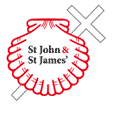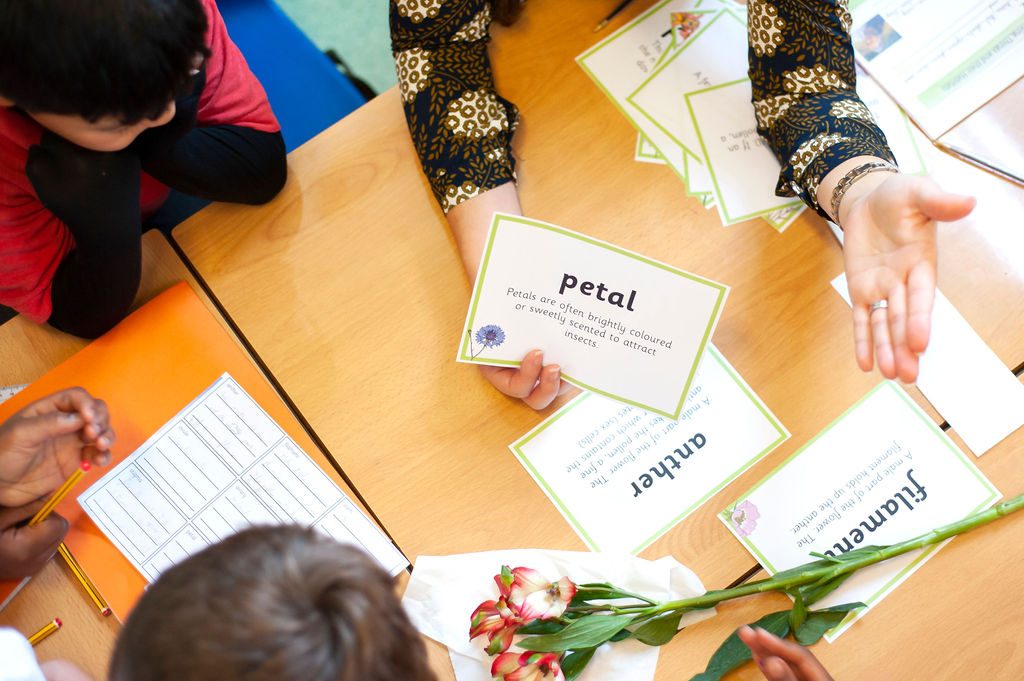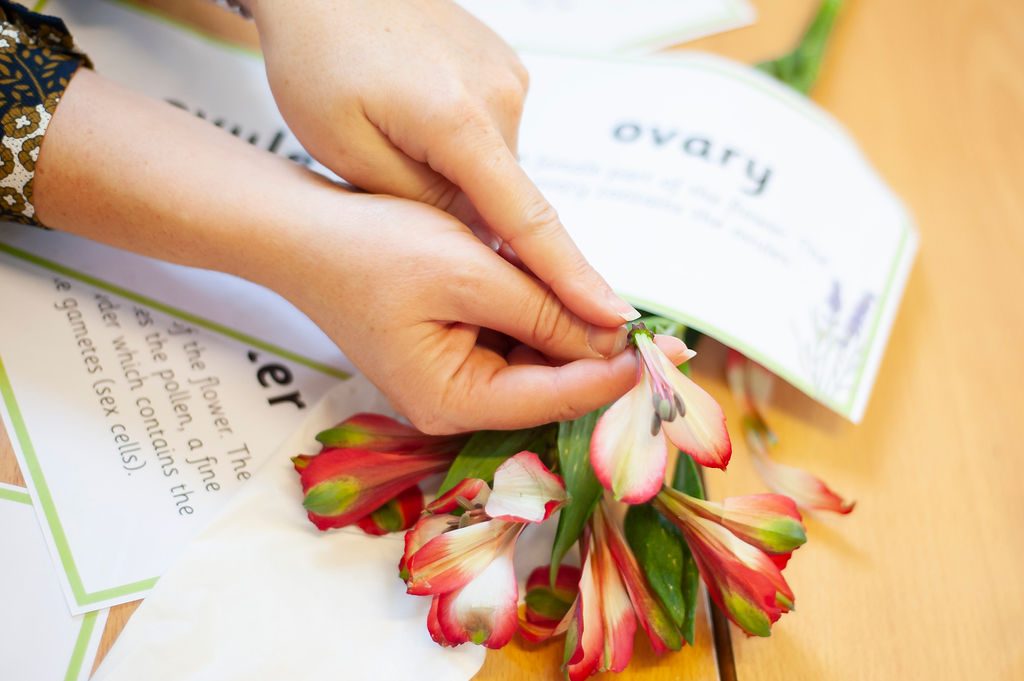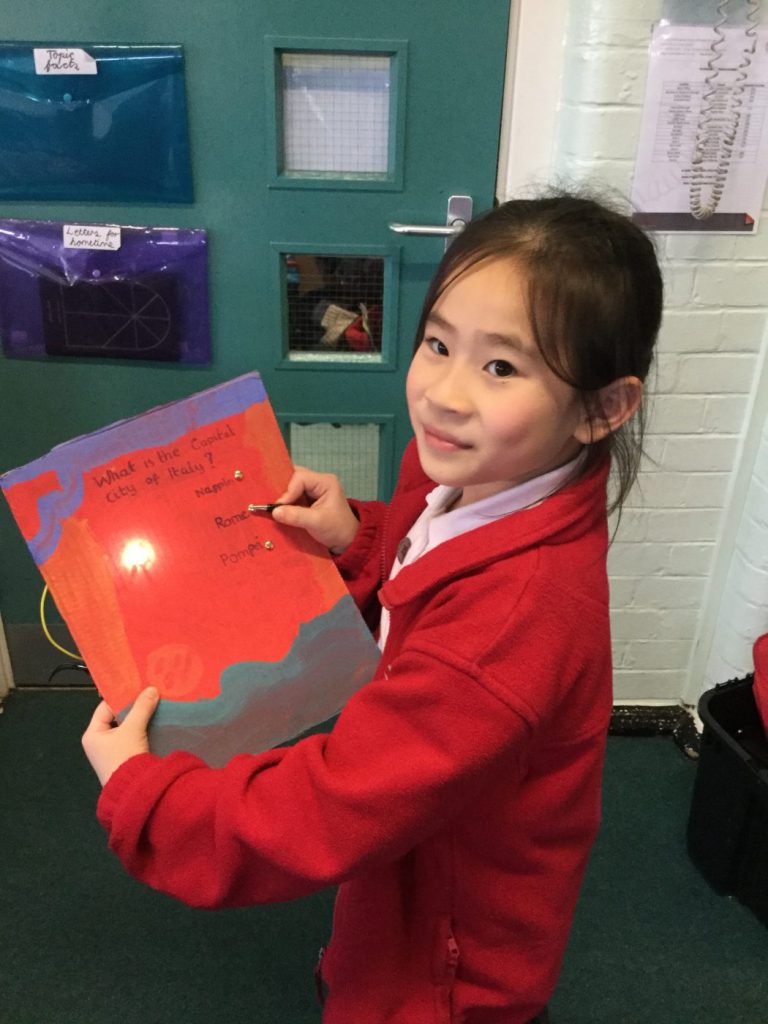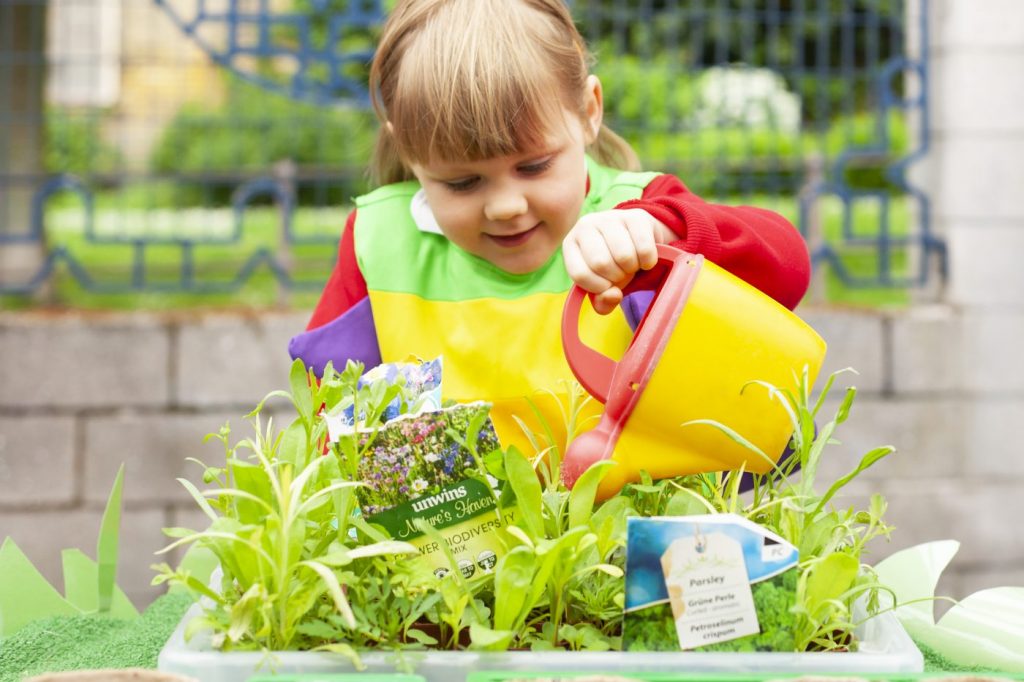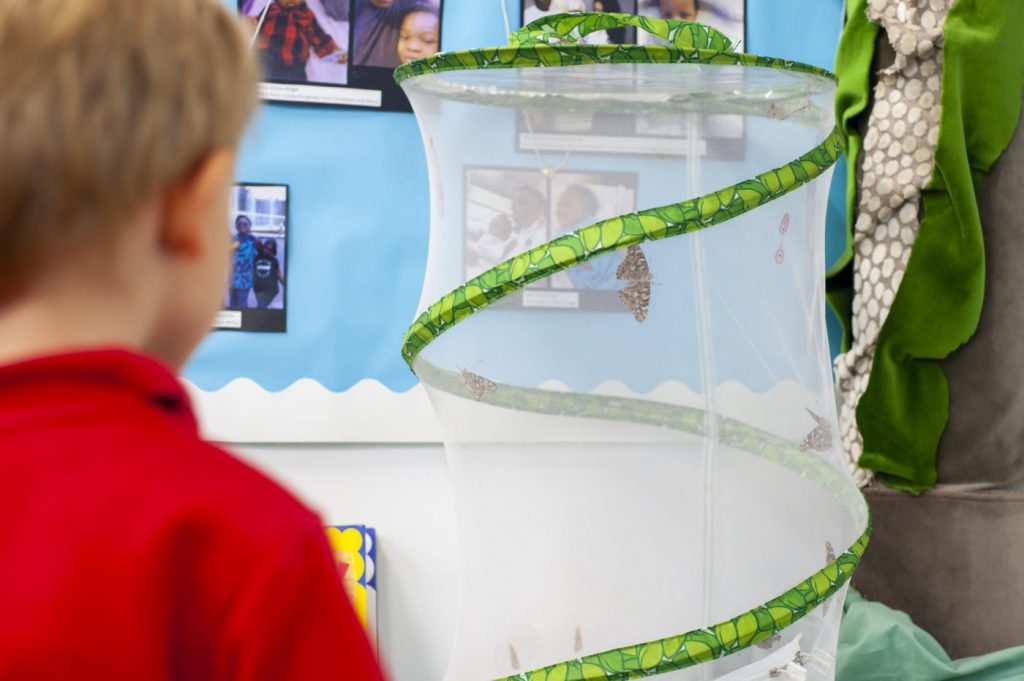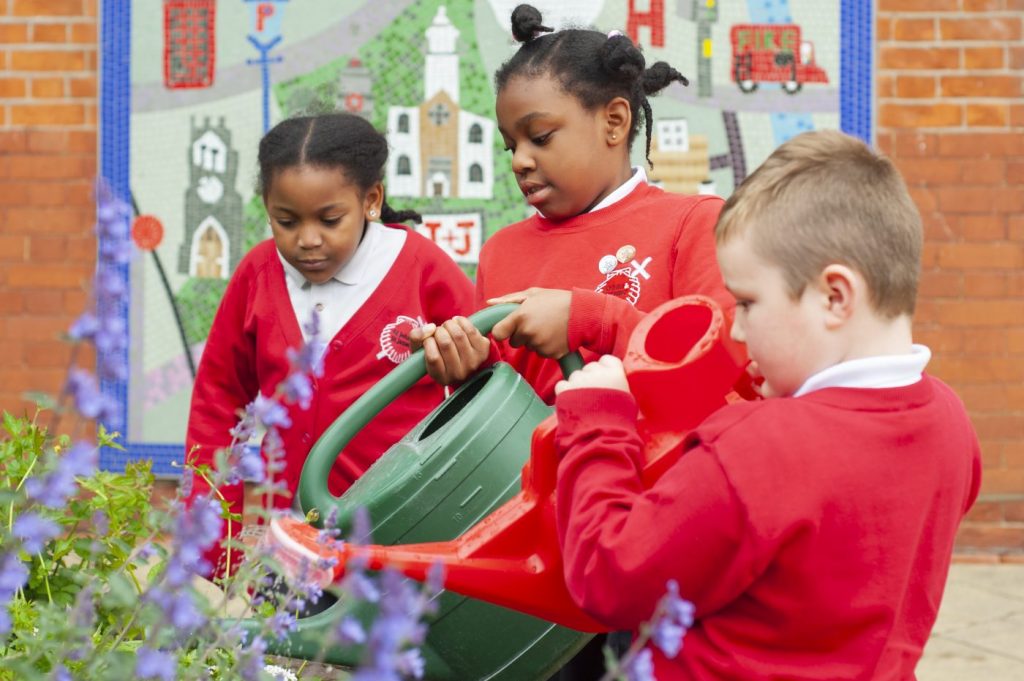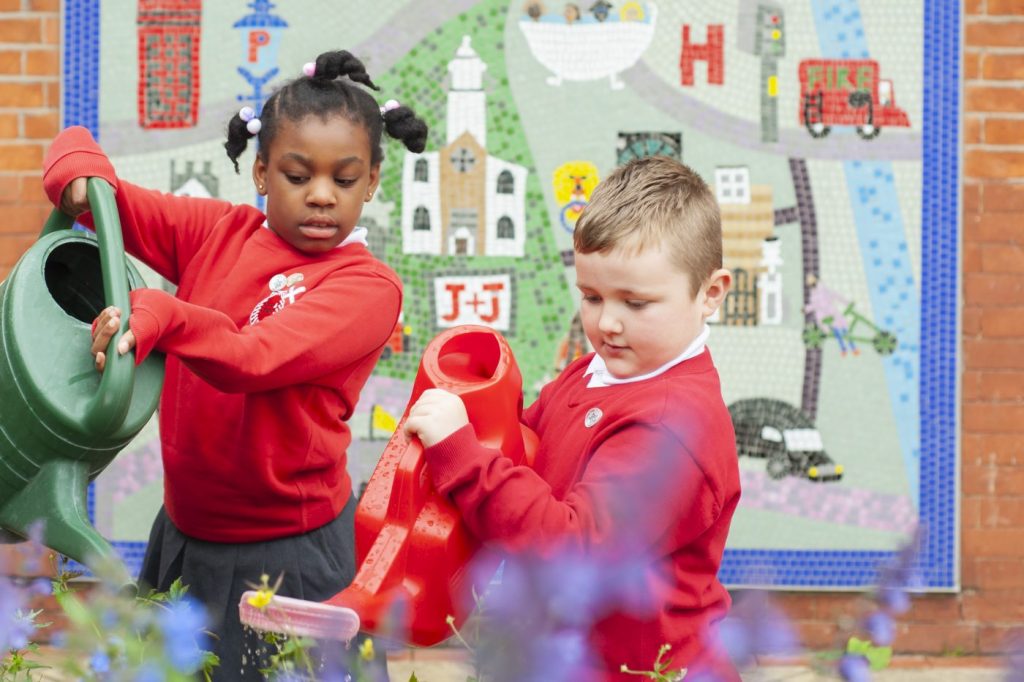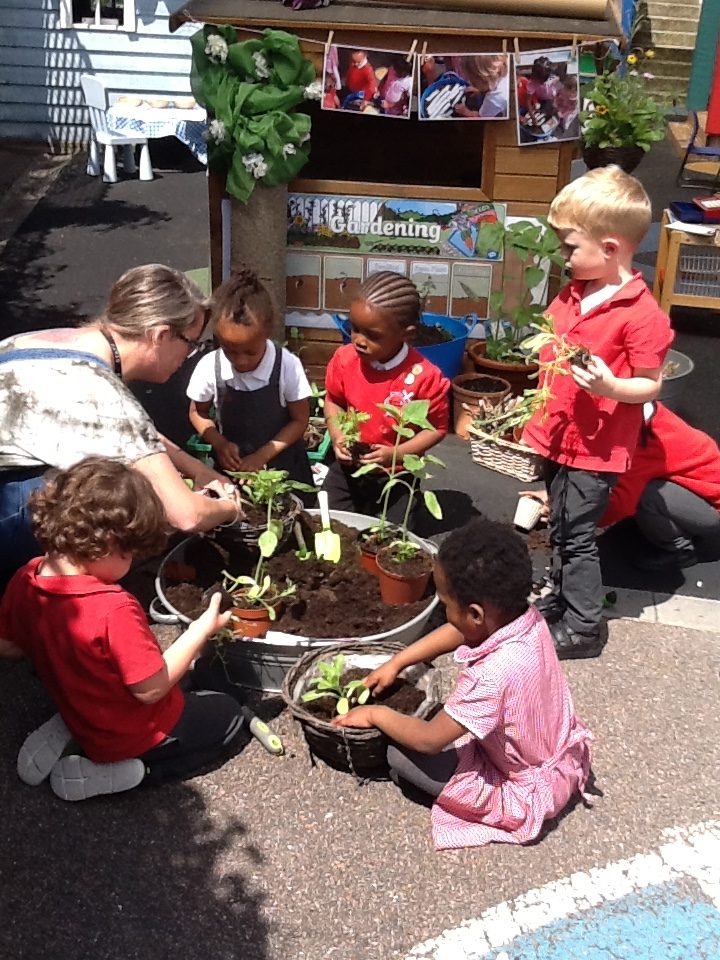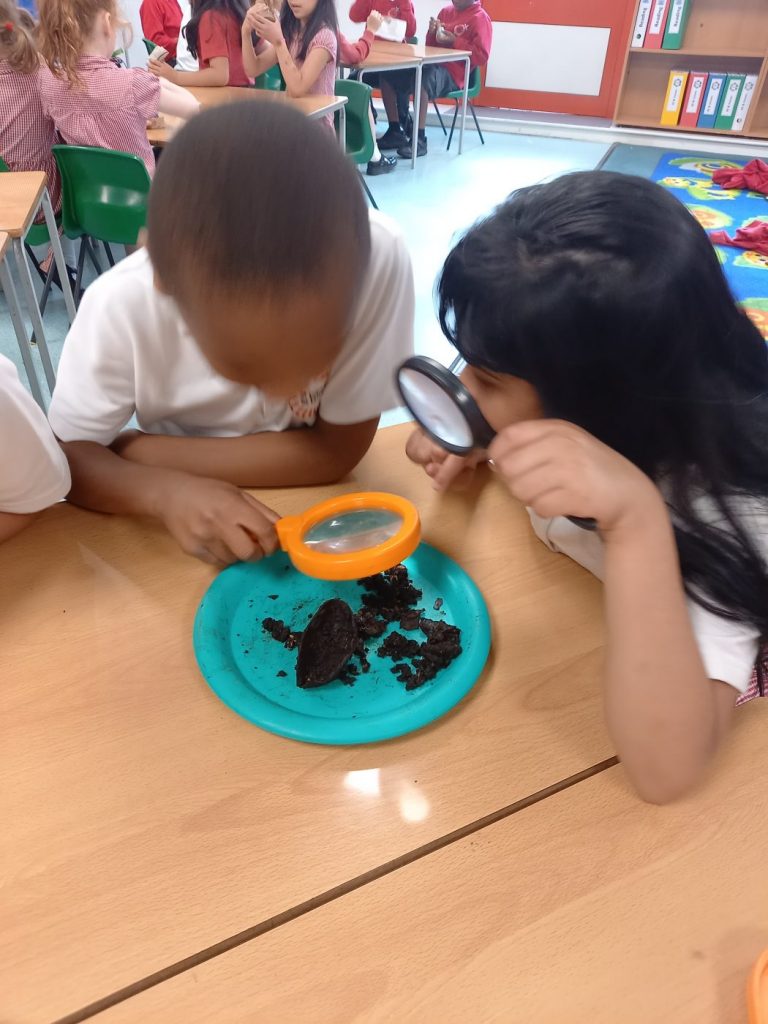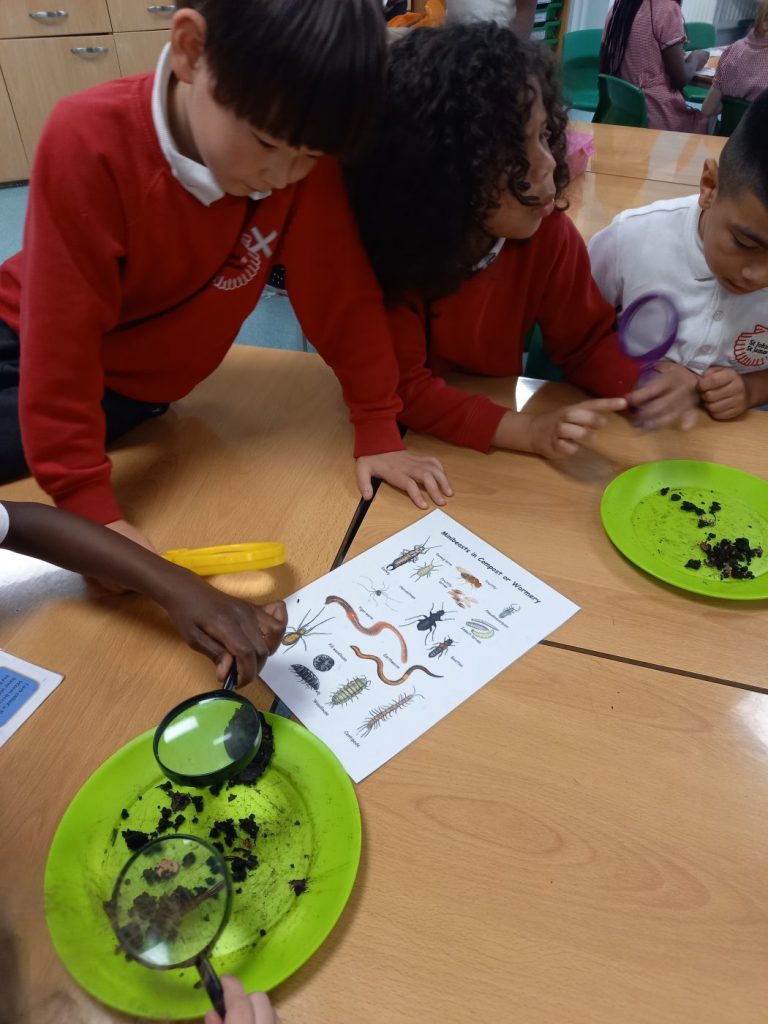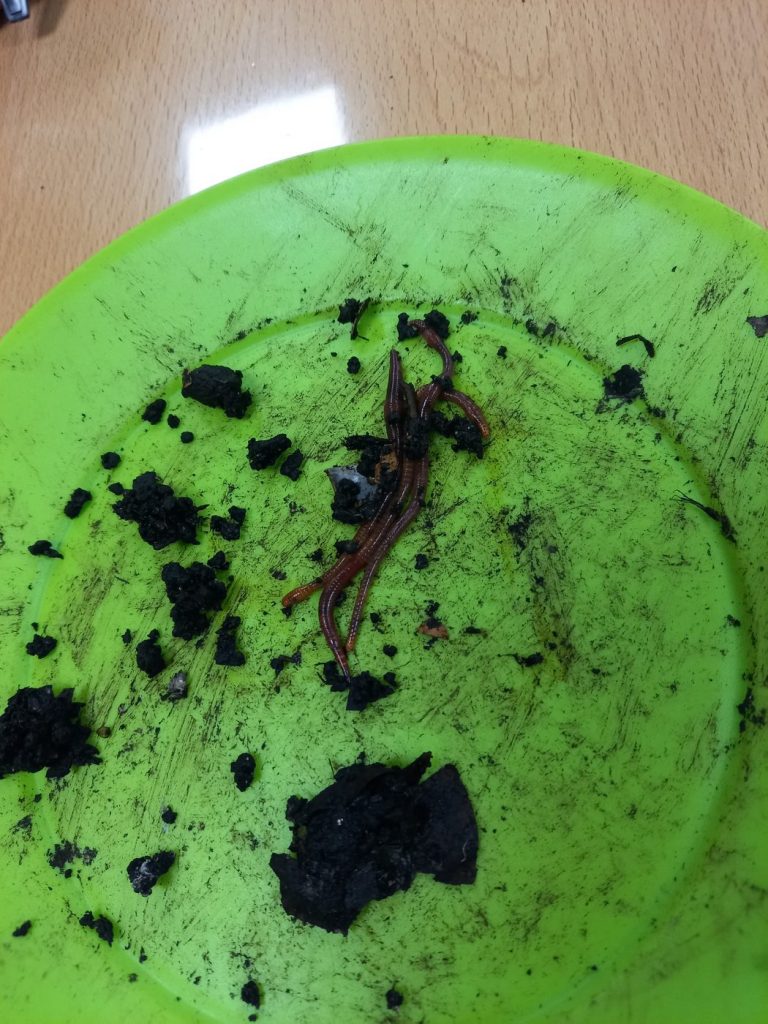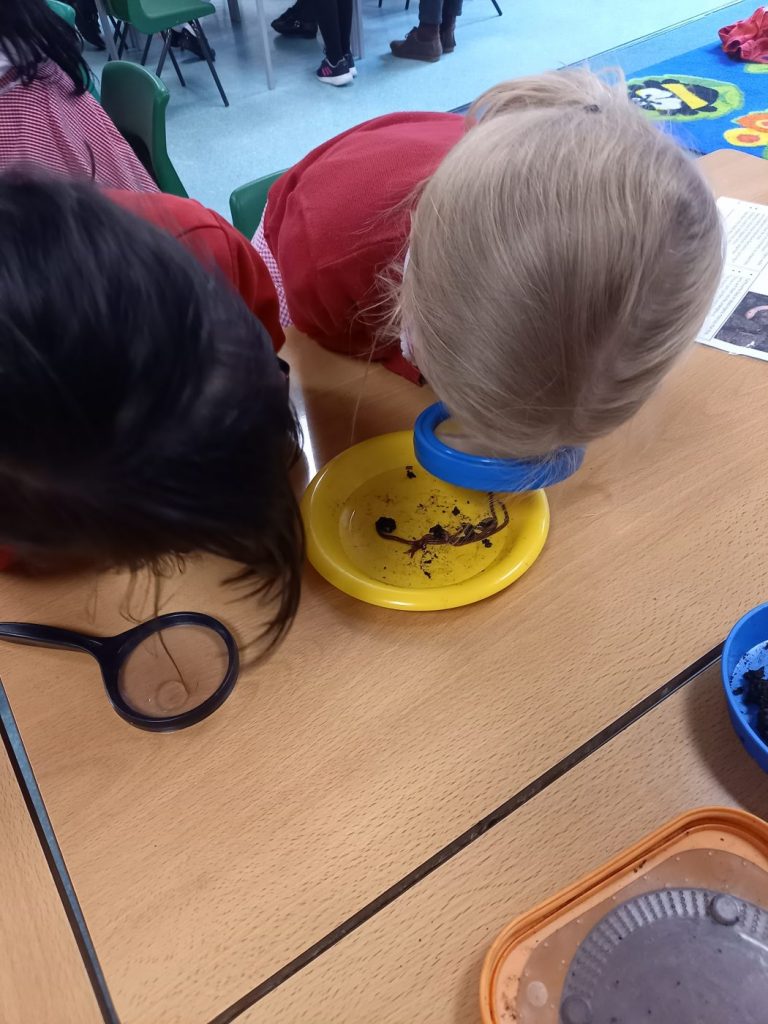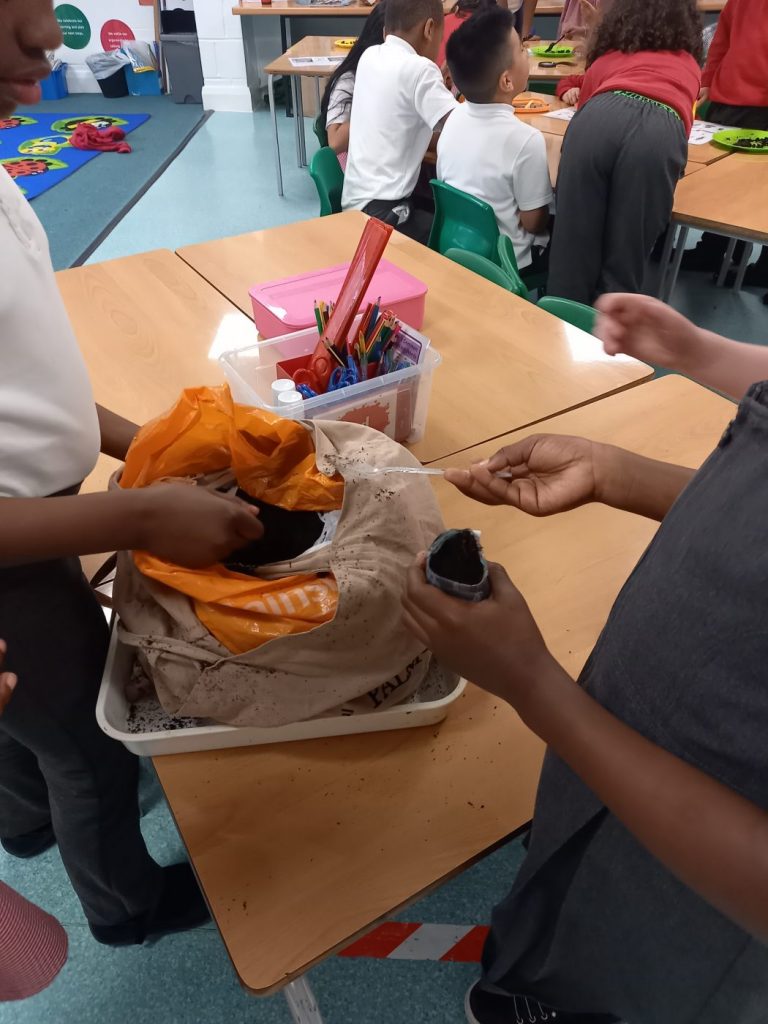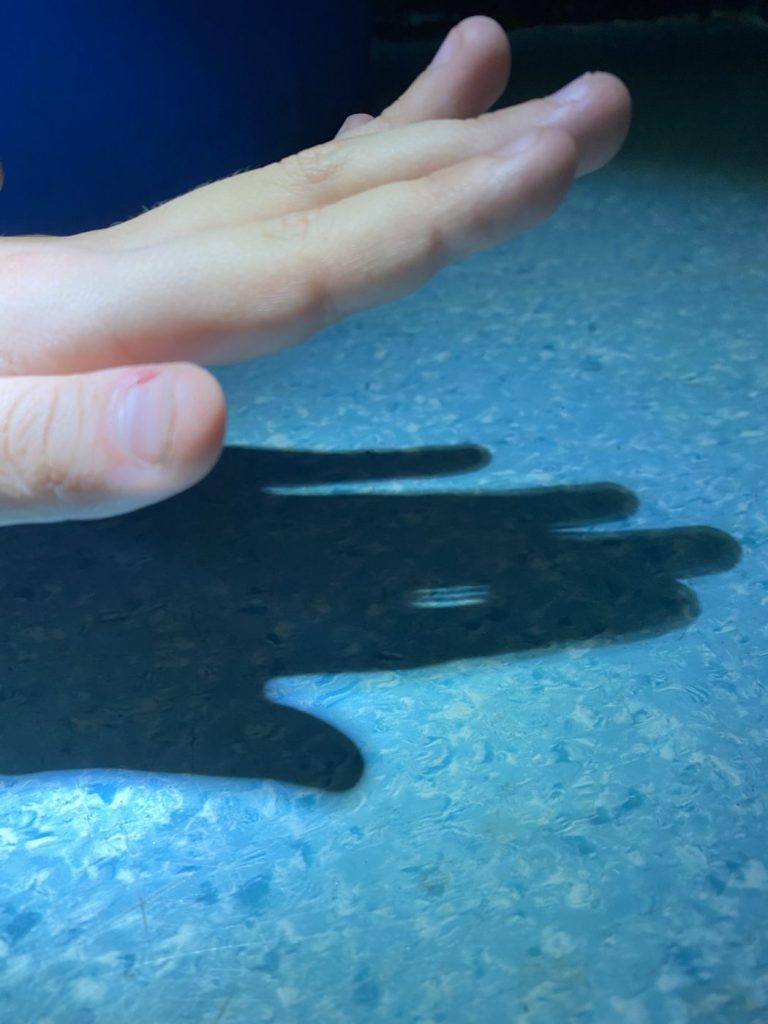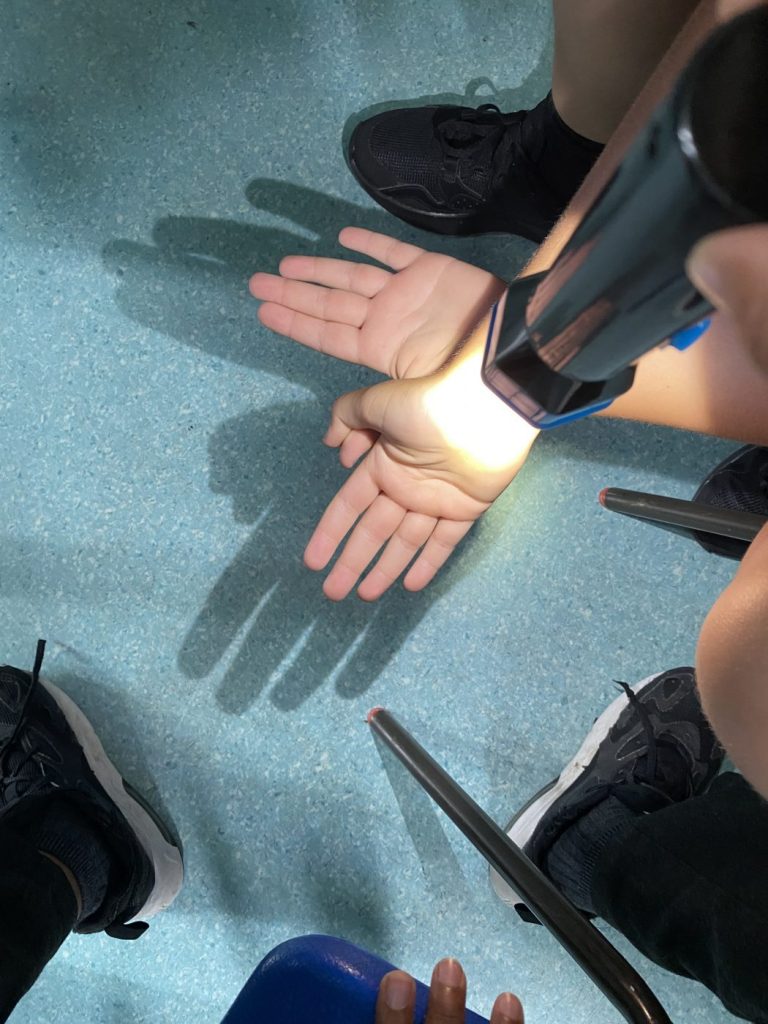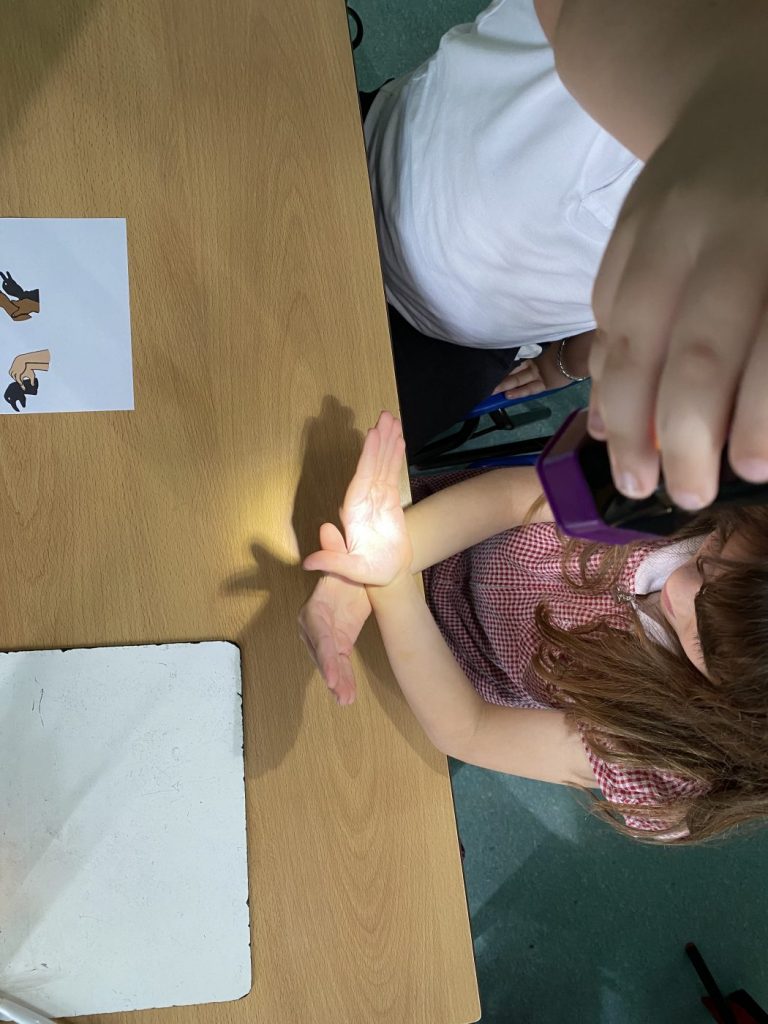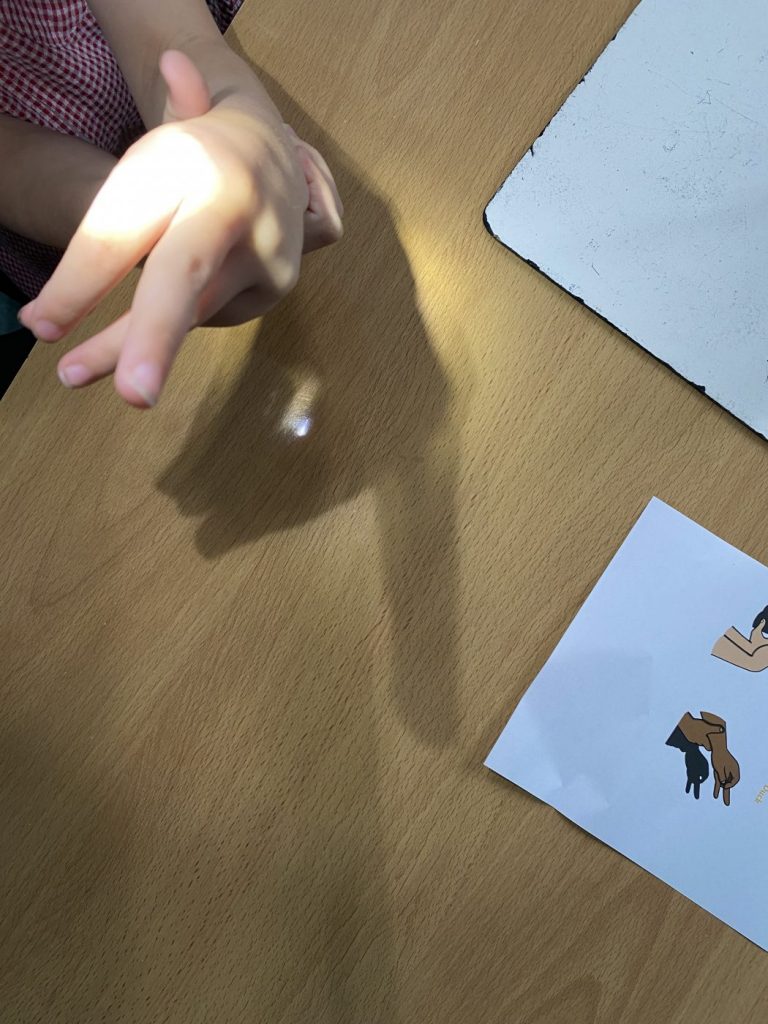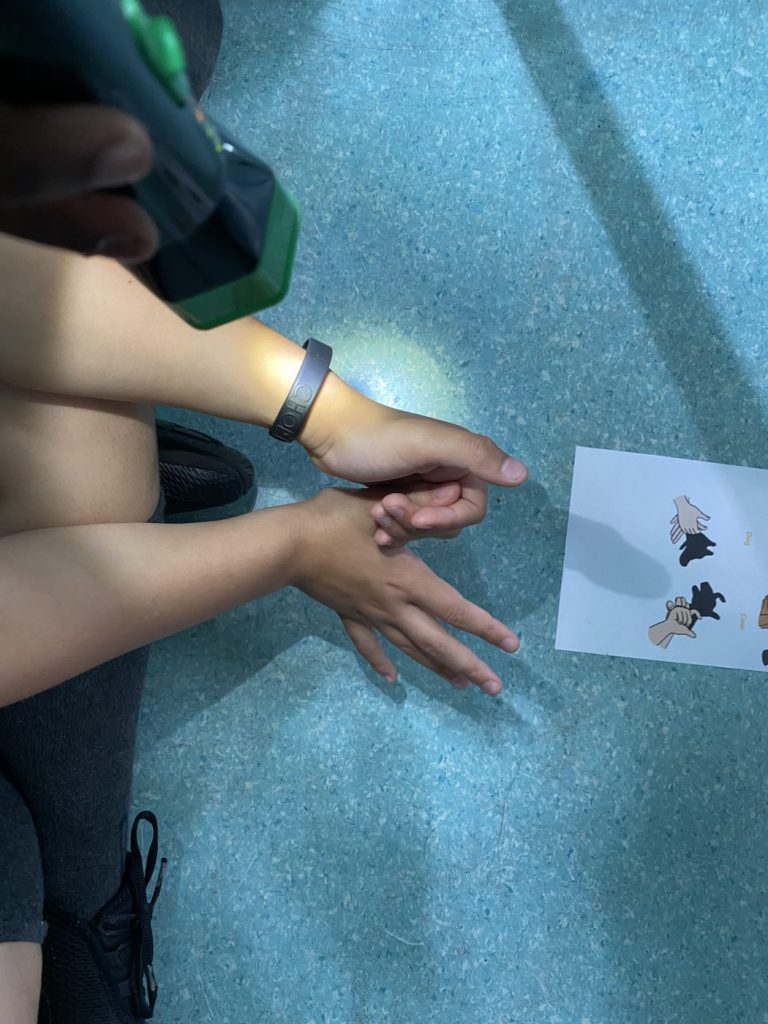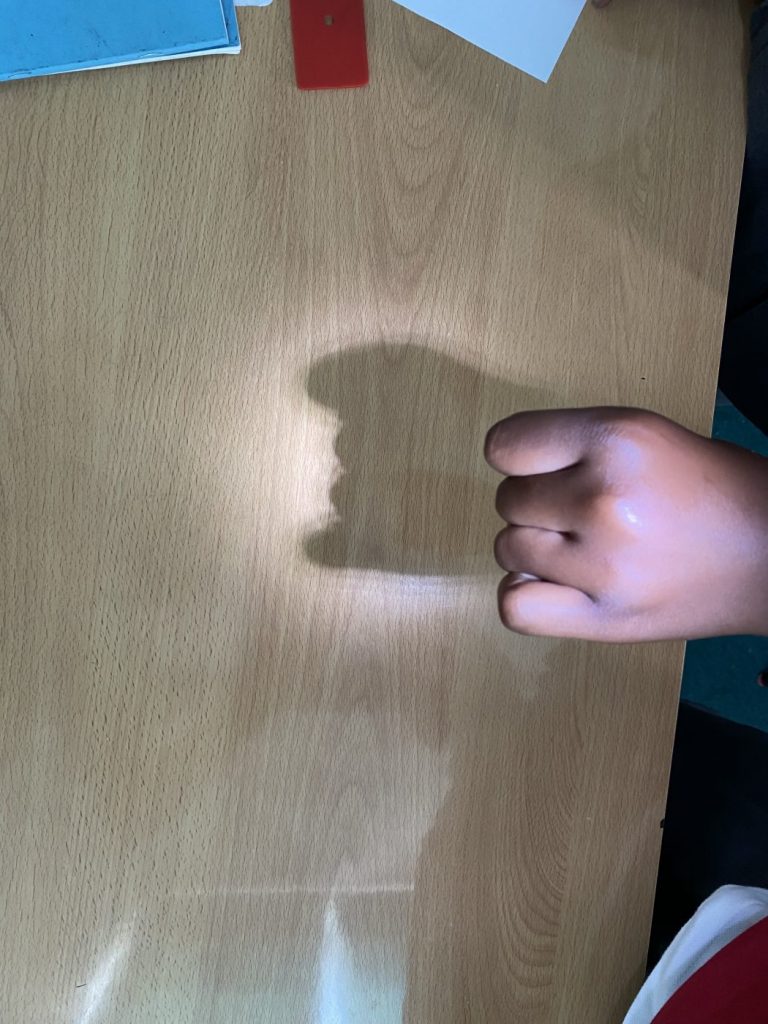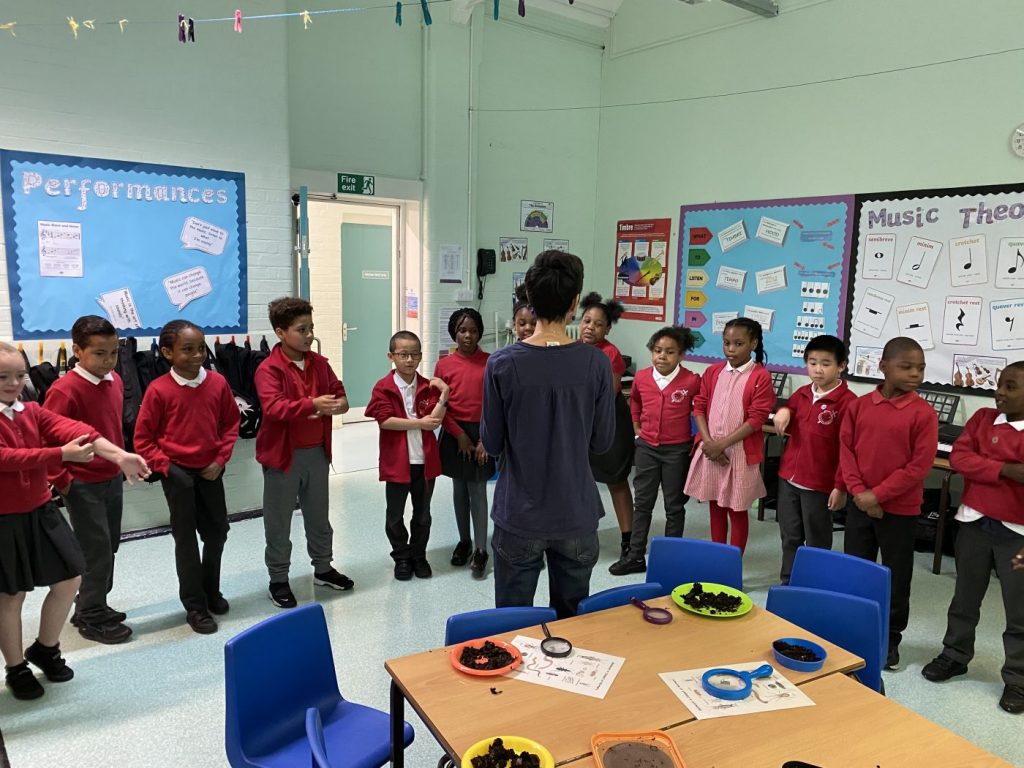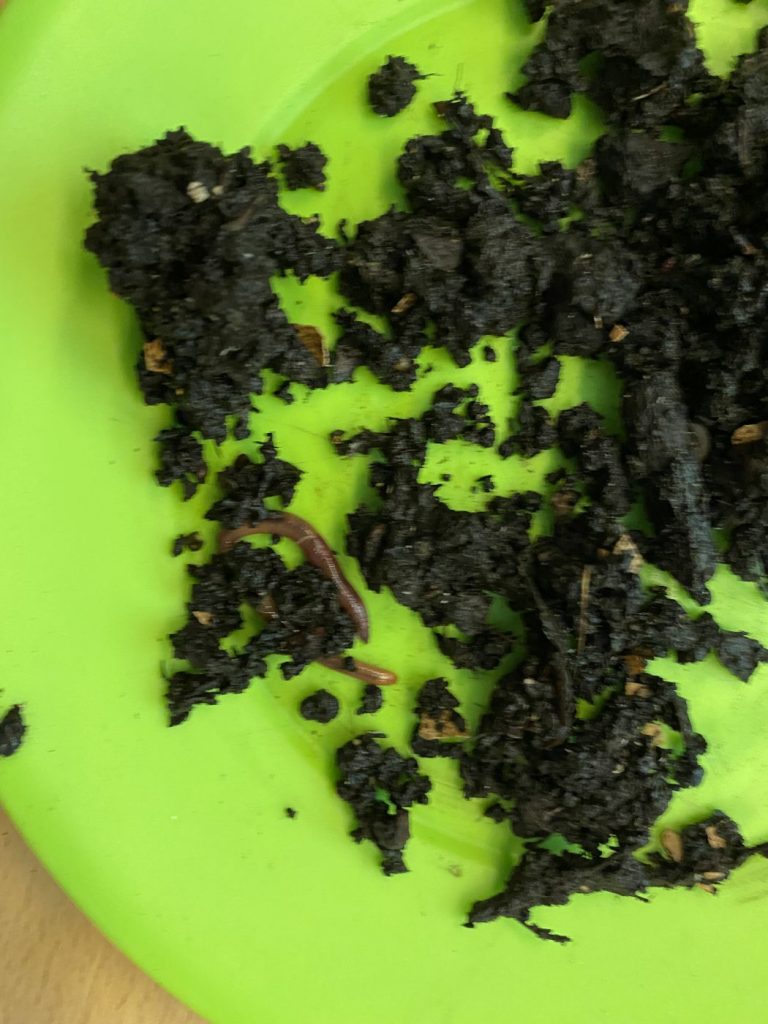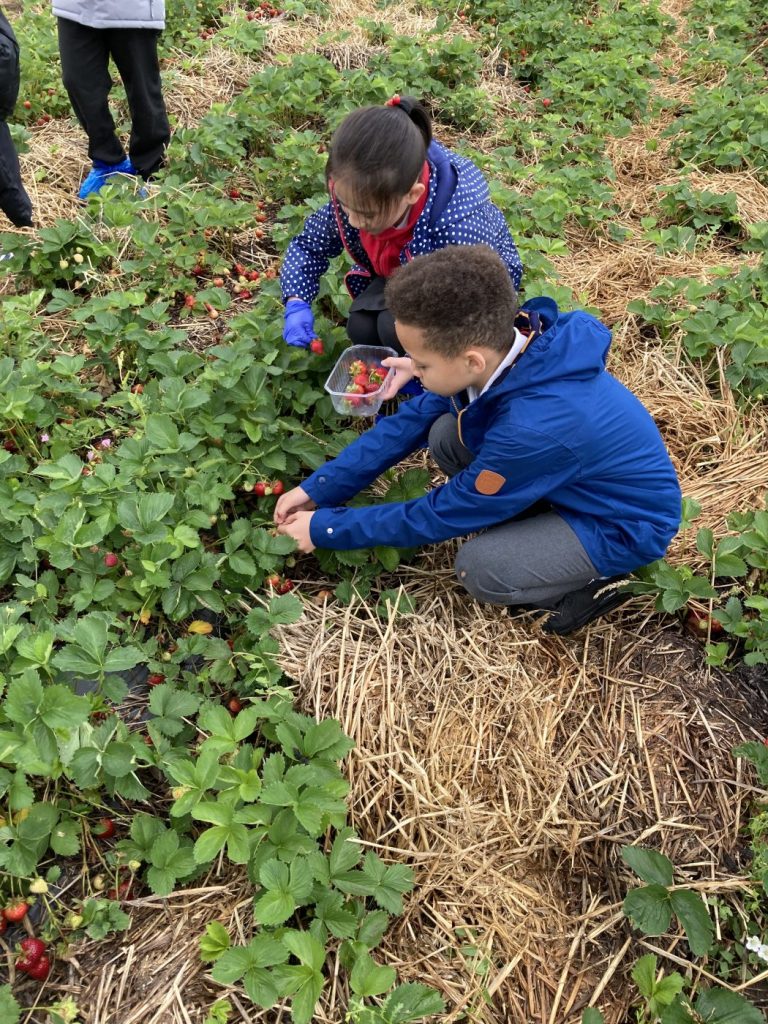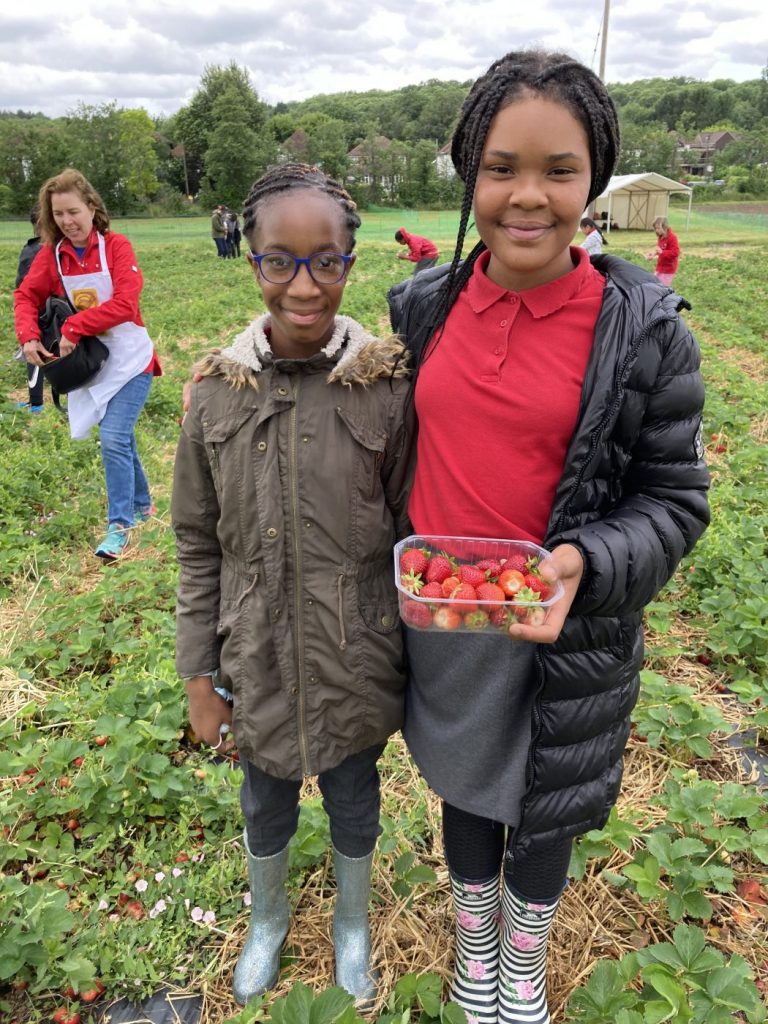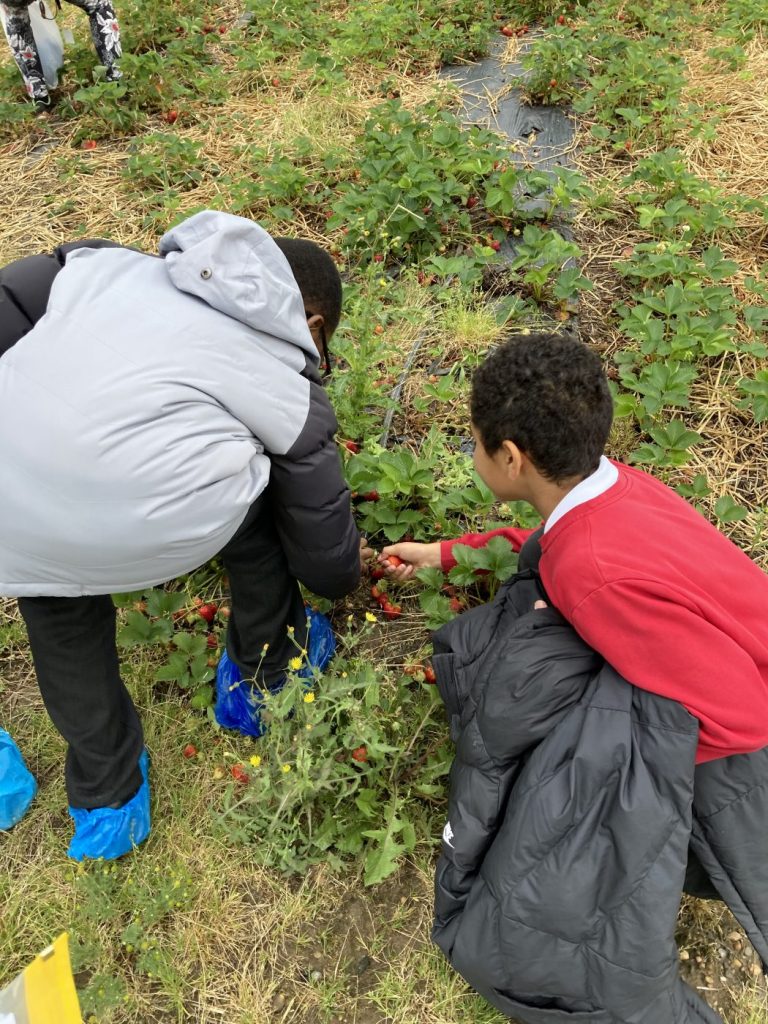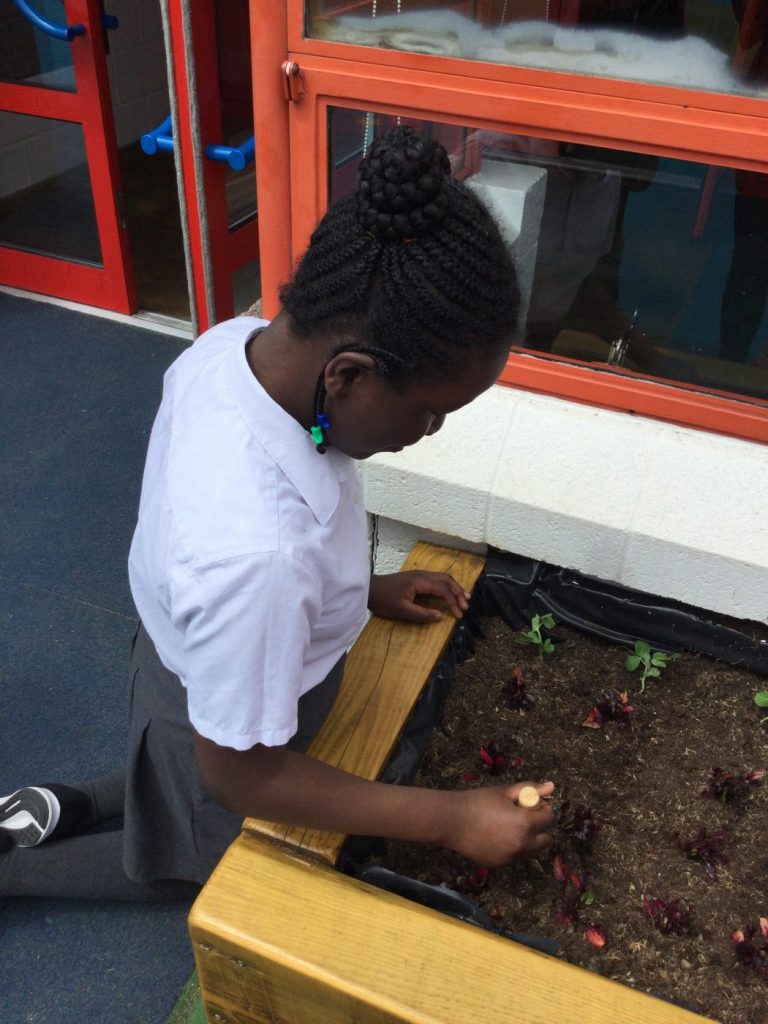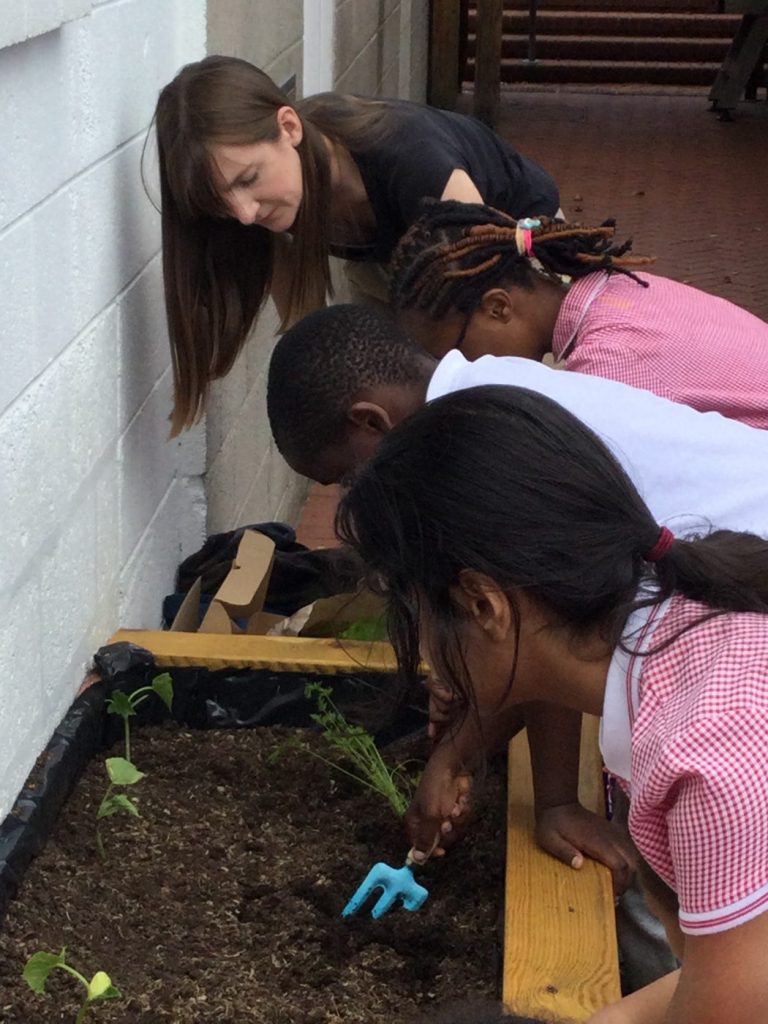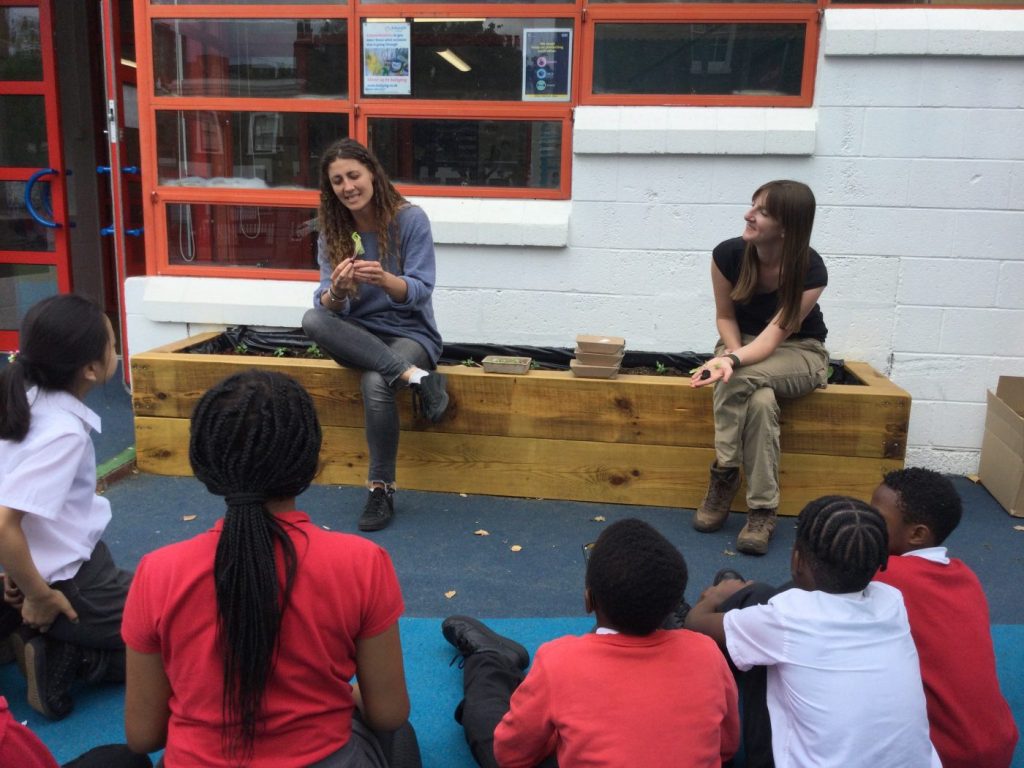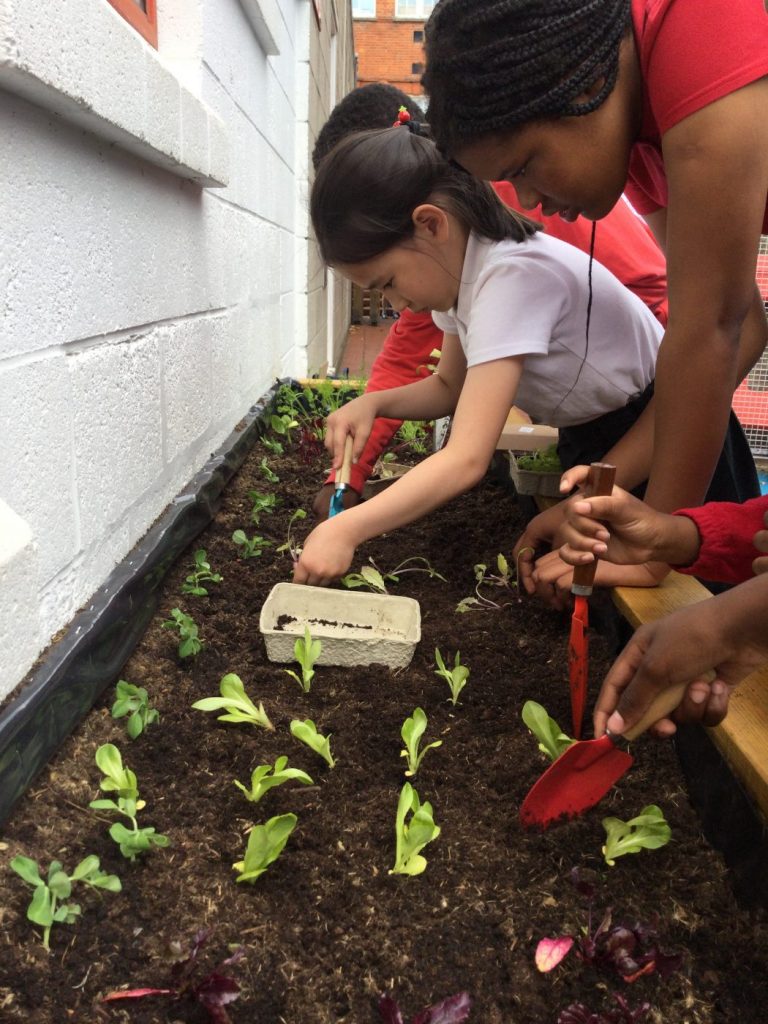Intent
At St John and St James, we value Design and Technology as an area of our curriculum where our pupils can use their creativity and imagination to design, make and evaluate high-quality prototypes and products for a wide range of users and for a range of contexts, including understanding and applying the principles of nutrition and learning how to cook. We intend for all pupils to acquire a broad range of subject knowledge through our Design and Technology Curriculum and draw on the disciplines of maths, science, engineering, computing and art to enhance their learning. In Design and Technology lessons, our pupils take risks and become resourceful, innovative, enterprising and capable citizens, who are able to participate successfully in an increasingly technological world.
Implementation
We teach the National Curriculum for Design and Technology. Through D&T work in the classroom, the children at St John and St James have the opportunity to develop their skills in the following areas of learning: mechanisms, structures, textiles, mechanical systems, electrical systems and cooking and nutrition. These areas are developed continuously throughout the school from the Early Years through to Year Six and the children have the opportunity to revisit skills from previous years before learning new ones.
To view our Design and Technology Curriculum Map, please click here.
To view our Mechanisms Progression Map, please click here.
To view our Electrical Systems Progression Map, please click here.
To view our Textiles Progression Map, please click here.
To view our Structures Progression Map, please click here.
Food technology is implemented across the school with children developing an understanding of where food comes from, the importance of a varied and healthy diet and how to prepare this.
To view our Cooking and Nutrition Progression Map, please click here.
The teaching of Design and Technology follows the design, make and evaluate cycle, with technical knowledge and relevant vocabulary shared at each stage. The design process is always linked to real life with relevant contexts to give meaning to the learning. When making their products, the children are given choice and a wide range of tools and materials to choose from. When evaluating, the children are taught to evaluate their own products against the initial design criteria to see how well it has met the needs and wants of the intended user and to identify any changes that could be made.
The Early Years
Children in the Early Years design and create using a range of media and materials in the child-initiated continuous provision. The pupils create and construct their products both independently and in groups and have the opportunity to evaluate and improve their models. The children develop their fine motor skills using a range of tools and explore materials and methods to join them together. In The Early Years, we focus on children developing a foundational understanding of where food comes from, the importance of a varied and healthy diet and how to prepare this, as well as understanding its impact on their overall health and wellbeing. We do this through varied food preparation and cooking experiences across the year, linking to a key text or topic being studied.
Key Stage One and Key Stage Two
In Key Stage One and Two, children complete three Design and Technology projects over the course of the year, covering three of the six areas of Design and Technology areas of learning. There is a STEAM week every term, where children have Design and Technology lessons every afternoon and by the end of the week, they will have designed, made and evaluated their final product.
Each unit has a comprehensive planning document, which provides teachers with the following resources:
- A project brief
- Children’s prior knowledge and skills and future learning.
- An outline of the skills and knowledge taught in this unit.
- Resources needed.
- Suggested science and maths learning.
- Topic-specific vocabulary to be explicitly taught
- A suggested sequence of lessons to support the learning in this project.
We draw on the expertise of specialist subject organisations such as The D&T association, STEM learning, New Hamilton Trust units, QCA and the National Curriculum to support our curriculum planning.
Impact
Children have cover sheets for each Design and Technology project in their science books, which outline the main skills and knowledge taught. These are phrased as learning check statements. Children self-assess whether they fully or partially met the learning check statement using the school’s marking policy and teachers also fill in these cover sheets with their own assessment of whether the pupil has met each standard. Teachers also use the children’s designing, making and evaluation work, along with the final piece, to make a judgement as to whether each pupil is working at the expected level.
An opportunity to evaluate and reflect on the learning is planned for towards the end of each unit of work, where children complete a written self-assessment. This provides the children with an opportunity for a more detailed and reflective evaluation of their design, make and evaluate process.
